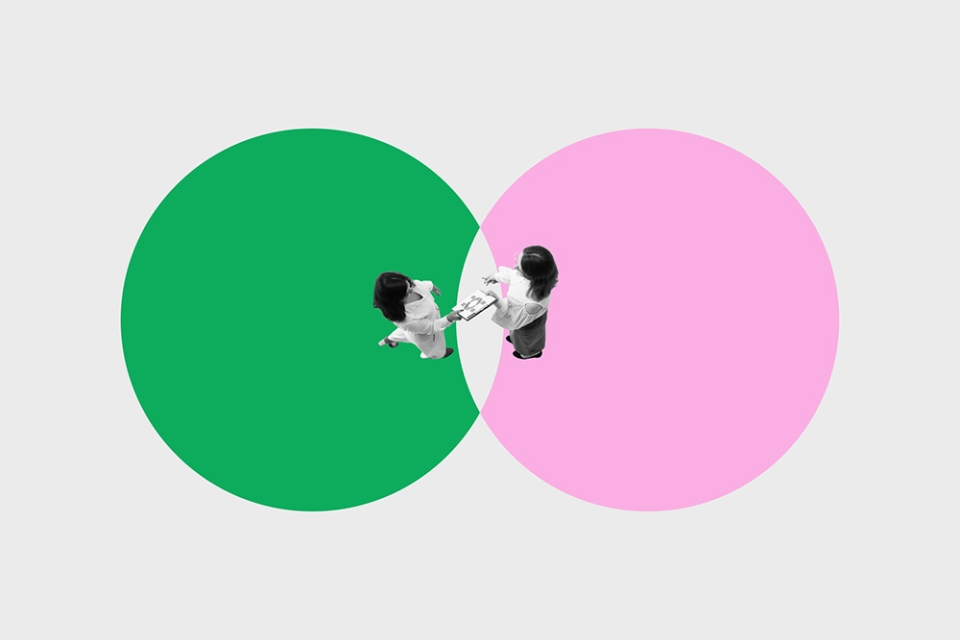In my last blog I talked about the behaviours that can help create a climate of collaboration between people. In this final blog about collaborative challenge, I am going to focus on the behaviours that enable us to challenge effectively.
There are two basic ways to challenge – you either push your alternative ideas at another person, or you ask them questions to challenge their thinking. Huthwaite International research has shown that pushing alternative ideas only really works when you are in a position of power or authority – hence the need to establish your credibility with the other person first. Disagreeing with someone is not necessarily a bad thing – indeed Huthwaite research has found that higher levels of disagreement lead to quicker decisions being taken, probably because people are not trying to be too fair and inclusive of other people’s views. However, just saying No does not necessarily warm you to the other person; you generally need to back up your argument with some sound reasons and how you sequence your reasons within the conversation is also important. If you take any proposal, even the most simple, you are likely to be able to find something that you can agree with if you break it down into its constituent parts. Agreeing with the part that you like, before challenging them on the part that you don’t like, is more likely to gain you a receptive audience to your argument.
An alternative to disagreeing with an idea is to use the Testing Understanding behaviour I introduced last time. Now we are moving into the Pull style of challenge. Testing Understanding works because it makes the other person rethink what they are saying. It is behaviour to use with care though – when I use it on my teenage son to challenge some of his more dubious arguments I invariably get accused of trying to twist his words.
Asking questions in general is an effective form of challenge because a question forces the other person to think through an answer. When it comes to the type of question we can draw from the worlds of coaching and selling. Coaching guru Jenny Rogers in her book Coaching Skills recommends avoiding the why question. Why questions tend to put people on the defensive where they feel judged and under attack. A better approach would be to use questions that explore the implications or consequences of someone’s idea. Or if you want to propose a different solution, work out what the benefits of that solution would be to the person and ask them about what the value to them of those benefits would be. All these question types are found within the SPIN Selling model and it is no surprise that a recent impact survey run with a client showed that 92% of delegates had found SPIN questions had a strong positive impact on their ability to develop insights when working with clients.
So to summarise, challenge and collaboration go hand in hand. We find that some of the same behaviours that help to build a collaborative climate also enable you to challenge successfully. If you want to learn why introducing new skills is the first step to cultural transformation, when a cultural transformation is required and how to address resistance to change in your business then click the button below to download our whitepaper.










.webp)